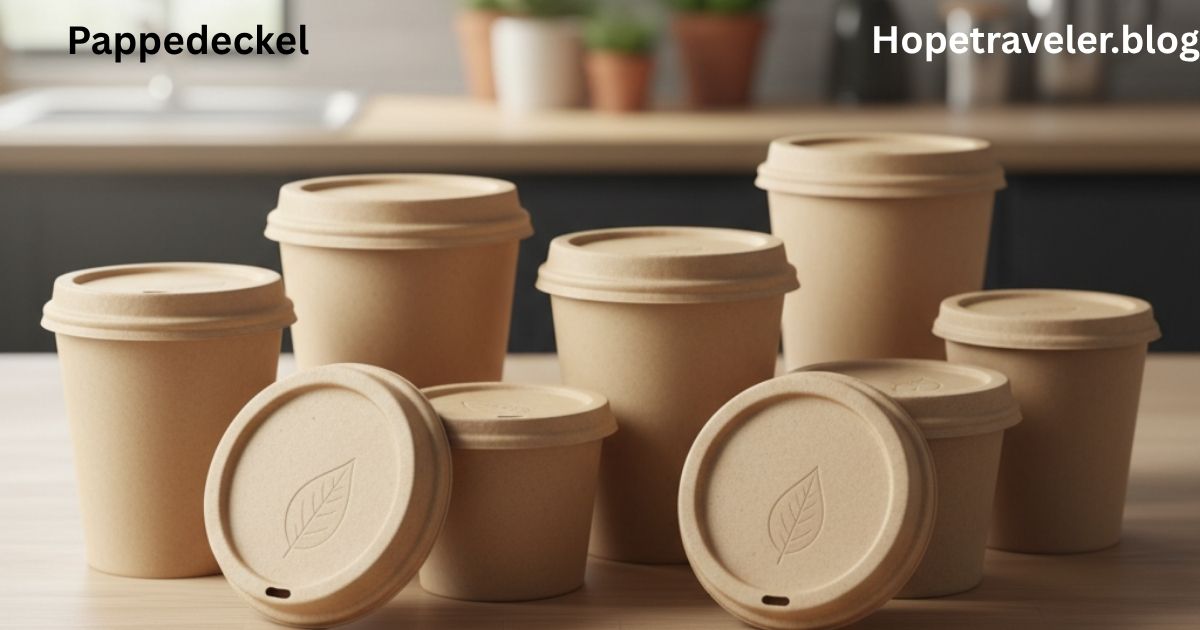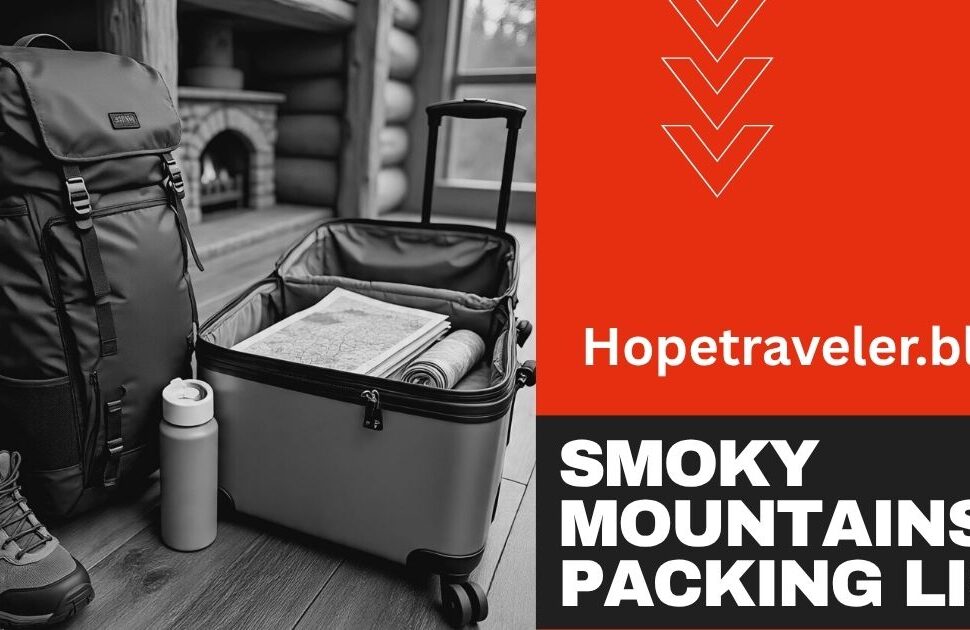The term Pappedeckel might sound unfamiliar to non-German speakers, but in German-speaking countries, it’s a common and practical part of daily life. Literally translated, “Pappedeckel” means cardboard lid or paperboard cover. It’s often used to describe cardboard discs used as cup covers, beer coasters, or simple lids for takeaway beverages. Over time, Pappedeckel has evolved from being a simple utilitarian item to a symbol of sustainable design and eco-friendly living.
In this article, we will explore what Pappedeckel means, its uses, how it’s made, its connection to sustainability, and its cultural importance in Germany.
What Is a Pappedeckel?
The word Pappedeckel is derived from “Pappe,” meaning cardboard, and “Deckel,” meaning lid or cover. Essentially, a Pappedeckel refers to any kind of cardboard-based cover used to protect the contents of a cup or container. In many cases, it’s also used as a coaster to place under a cup or beer mug.
According to Wikipedia’s article on Cardboard, cardboard is a generic term for a variety of heavy paper-based materials used in packaging and protective layering. Pappedeckel makes practical use of such materials in small, everyday items.
Historical Background of Pappedeckel
The idea of using cardboard for protection dates back to the 19th century. As paper production expanded in Europe, manufacturers started experimenting with different forms of thick paper or board to make inexpensive, disposable covers and coasters.
In Germany, where the beer culture is deeply rooted (see Beer in Germany on Wikipedia), Pappedeckel became a standard accessory in bars and breweries. Every mug of beer was often served with a cardboard coaster, which not only absorbed moisture but also prevented spills and kept tables clean. Over time, breweries began printing their logos and advertisements on these coasters, turning them into collectible items.
Common Uses of Pappedeckel
1. Coffee Cup Lids
In coffee shops and vending machines, Pappedeckel serves as a lightweight, eco-friendly alternative to plastic lids. It keeps beverages warm and prevents spills, while also being recyclable and biodegradable.
2. Beer Coasters
The most iconic form of Pappedeckel is the beer coaster. These small, circular cardboard pieces are widely used in pubs, cafes, and breweries. They absorb condensation from cold drinks, protect the table surface, and sometimes serve as a miniature canvas for marketing messages.
3. Packaging Inserts
In packaging industries, Pappedeckel can refer to any thin cardboard piece placed on top of a product to protect it during shipping. These covers are particularly common in food and beverage industries, as well as in cosmetic packaging.
4. Art and DIY Projects
Due to their lightweight yet sturdy nature, Pappedeckel materials are also popular in DIY crafts. Artists and hobbyists use them for making photo frames, mini models, and eco-friendly decorations.
How Pappedeckel Is Made
The production of Pappedeckel involves a simple yet efficient process using recycled paper fibers. According to Paper Recycling on Wikipedia, recycled paper is pulped, cleaned, and pressed into thick sheets. These sheets are then dried, cut, and shaped into various forms depending on their final use.
The typical steps include:
- Collection of Recycled Paper: Old newspapers, packaging boxes, and used cardboard are gathered.
- Pulping and Cleaning: The materials are converted into pulp and filtered to remove contaminants.
- Sheet Formation: The pulp is spread and pressed into thin sheets.
- Drying and Cutting: After drying, the cardboard sheets are cut into round or rectangular shapes suitable for coasters or lids.
- Branding or Coating (Optional): Sometimes, manufacturers print logos or apply water-resistant coatings for durability.
Environmental Benefits of Pappedeckel
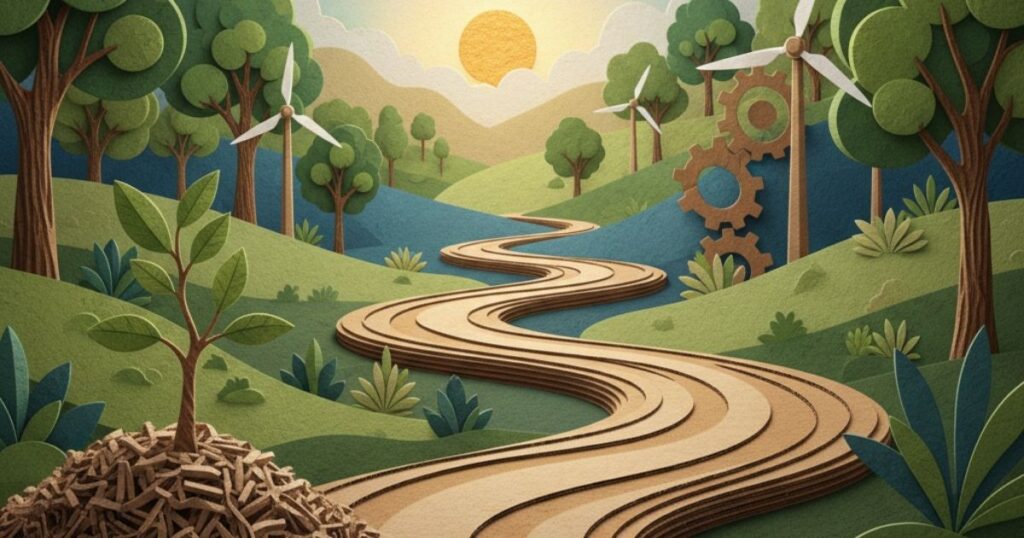
In an age of environmental awareness, Pappedeckel represents sustainability at its core. Here’s why:
1. Made from Recycled Material
Most Pappedeckel products are made from recycled cardboard or paper, reducing the need for virgin pulp and saving trees.
2. 100% Biodegradable
Unlike plastic lids, Pappedeckel decomposes naturally without leaving toxic residues.
3. Energy Efficient
The manufacturing process consumes less energy compared to plastic or metal alternatives, contributing to a lower carbon footprint.
4. Promotes Circular Economy
By recycling and reusing materials, Pappedeckel contributes to a circular economy where waste becomes a resource. This concept aligns closely with Sustainable Design principles.
Pappedeckel in Modern Design and Branding
Modern brands are rediscovering the marketing potential of Pappedeckel. Many coffee chains and breweries use customized cardboard lids and coasters to promote their brand identity. For instance, eco-conscious companies prefer uncoated, natural-texture Pappedeckel to communicate their commitment to sustainability.
In Germany, where recycling laws are among the strictest in the world (see Recycling in Germany on Wikipedia), the use of eco-friendly materials like Pappedeckel is not only encouraged but often mandatory in hospitality and retail sectors.
Cultural Significance of Pappedeckel in Germany
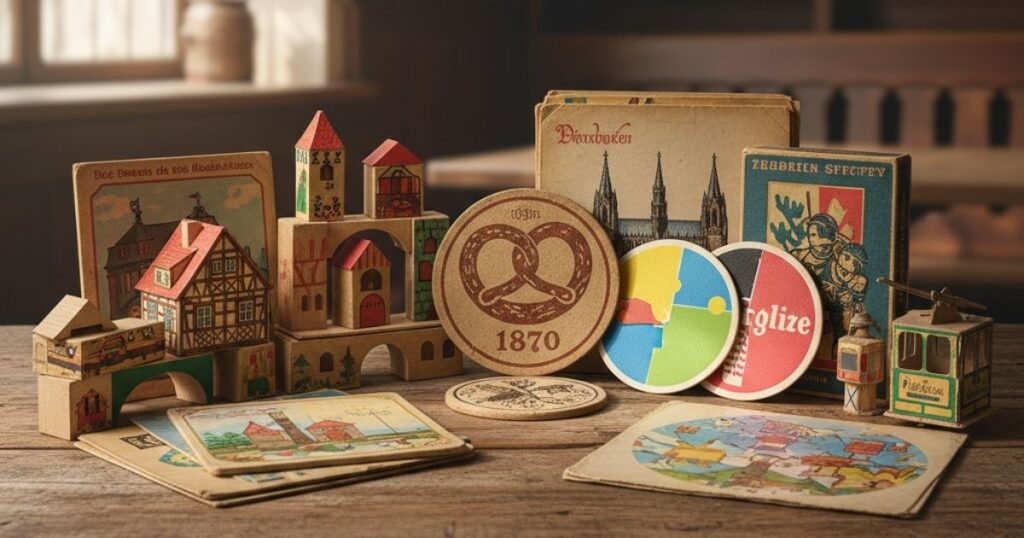
Beyond its utility, Pappedeckel carries cultural significance in German social settings. In beer gardens, it’s common for patrons to place a Pappedeckel over their mug to signal they’re not finished drinking or to keep insects out. It’s a simple, universal form of non-verbal communication understood across generations.
Furthermore, Pappedeckel has become a nostalgic symbol for collectors. Vintage beer coasters from famous breweries are now considered collectible memorabilia, often traded among enthusiasts. The practice even has ties to Collecting (Wikipedia), showing how such simple items gain cultural and sentimental value over time.
Future of Pappedeckel: Toward a Greener World
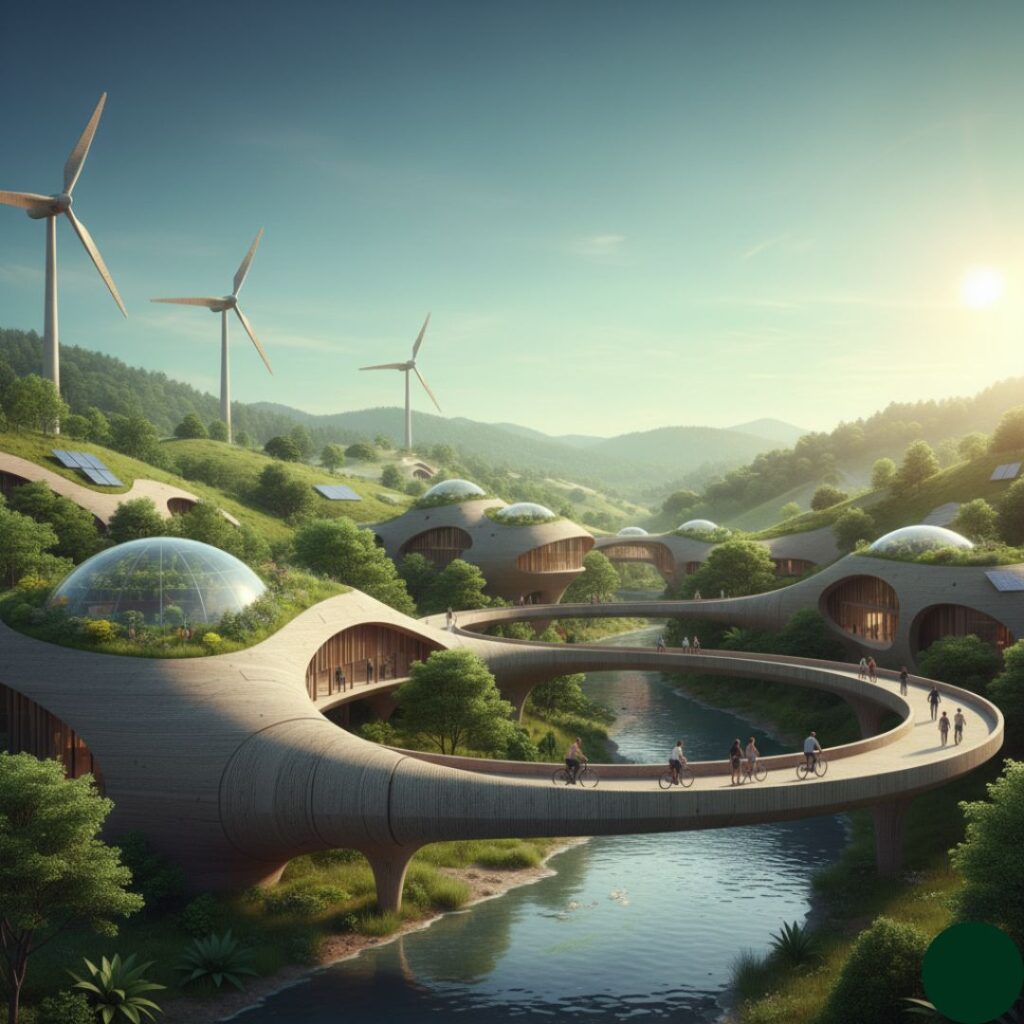
As global initiatives continue to ban single-use plastics, Pappedeckel stands as a viable and eco-friendly alternative. Innovations such as waterproof coatings made from natural waxes and starch-based adhesives are making cardboard lids even more durable and sustainable.
Several companies are experimenting with smart coasters—digitally enhanced Pappedeckel embedded with QR codes for marketing or interactive campaigns. This blend of tradition and technology ensures Pappedeckel will remain relevant in a digital, eco-conscious future.
Conclusion
Pappedeckel may seem like a simple object, but it embodies a powerful message about sustainability, design, and culture. From its origins in German beer culture to its modern applications in eco-friendly packaging, this humble cardboard lid demonstrates how practical design can align with environmental consciousness.
Its widespread use across cafes, breweries, and packaging industries shows that even the smallest items can play a big role in promoting sustainability. With the world’s growing shift toward recyclable materials, Pappedeckel will continue to serve as both a functional and symbolic tool for a greener planet.
